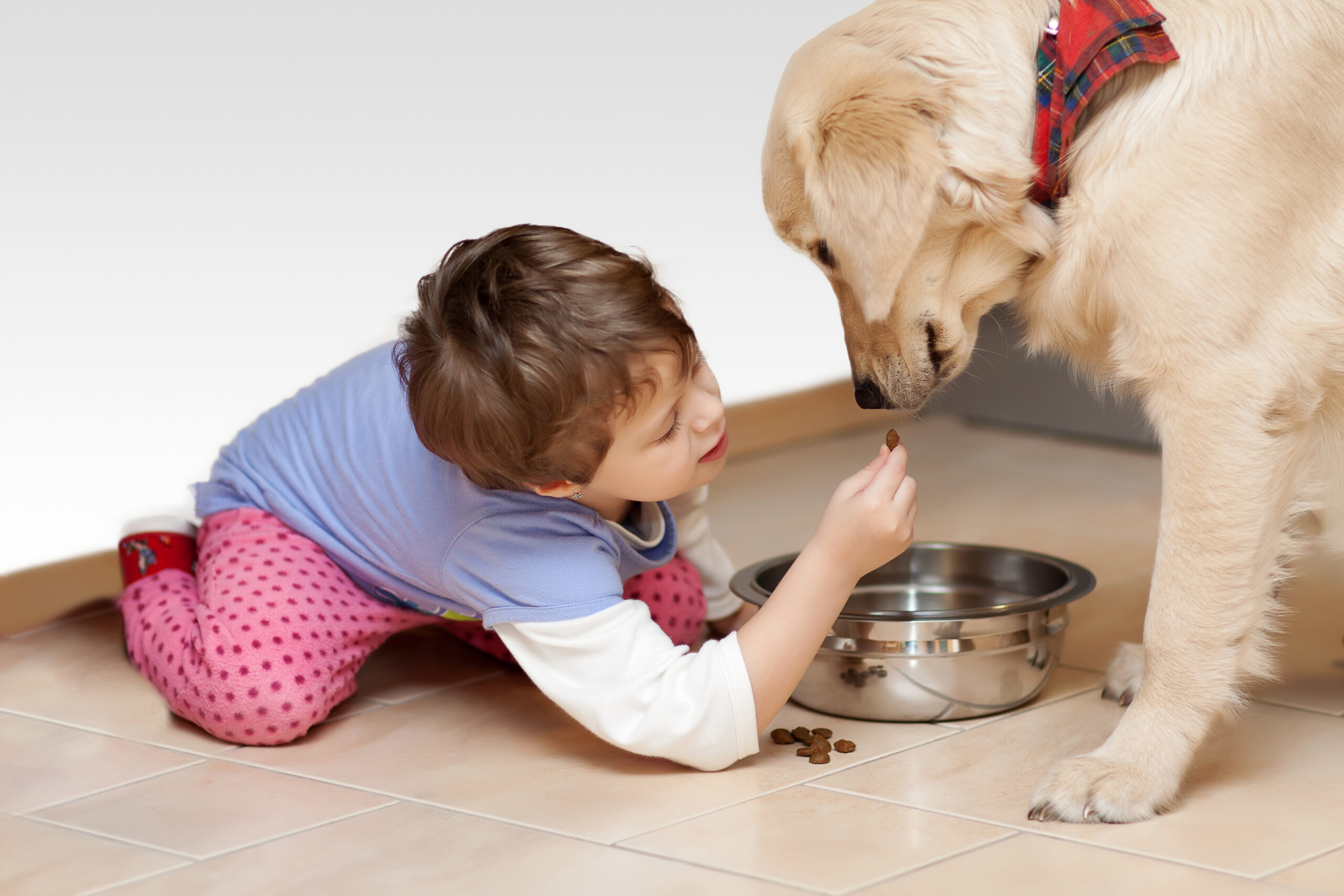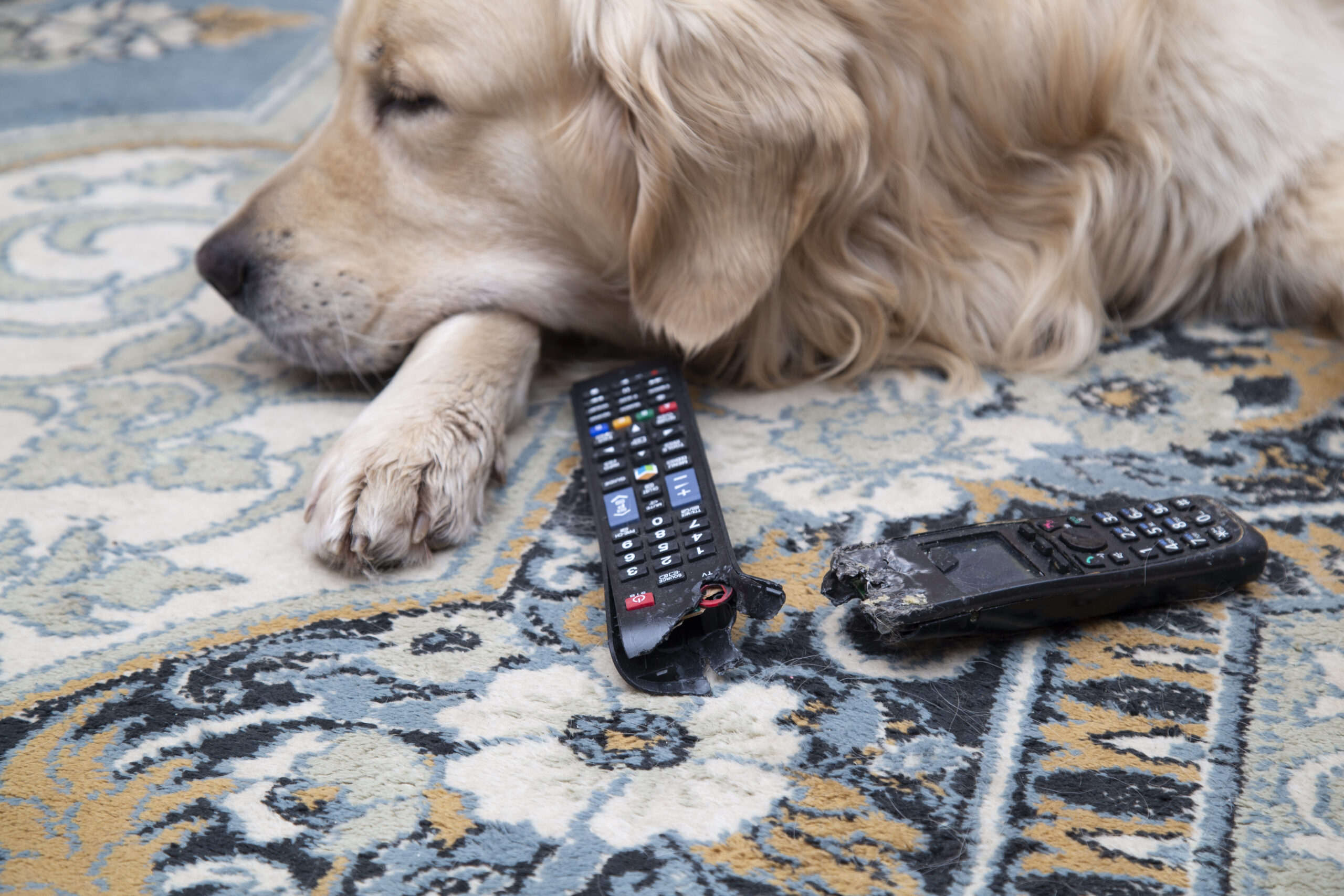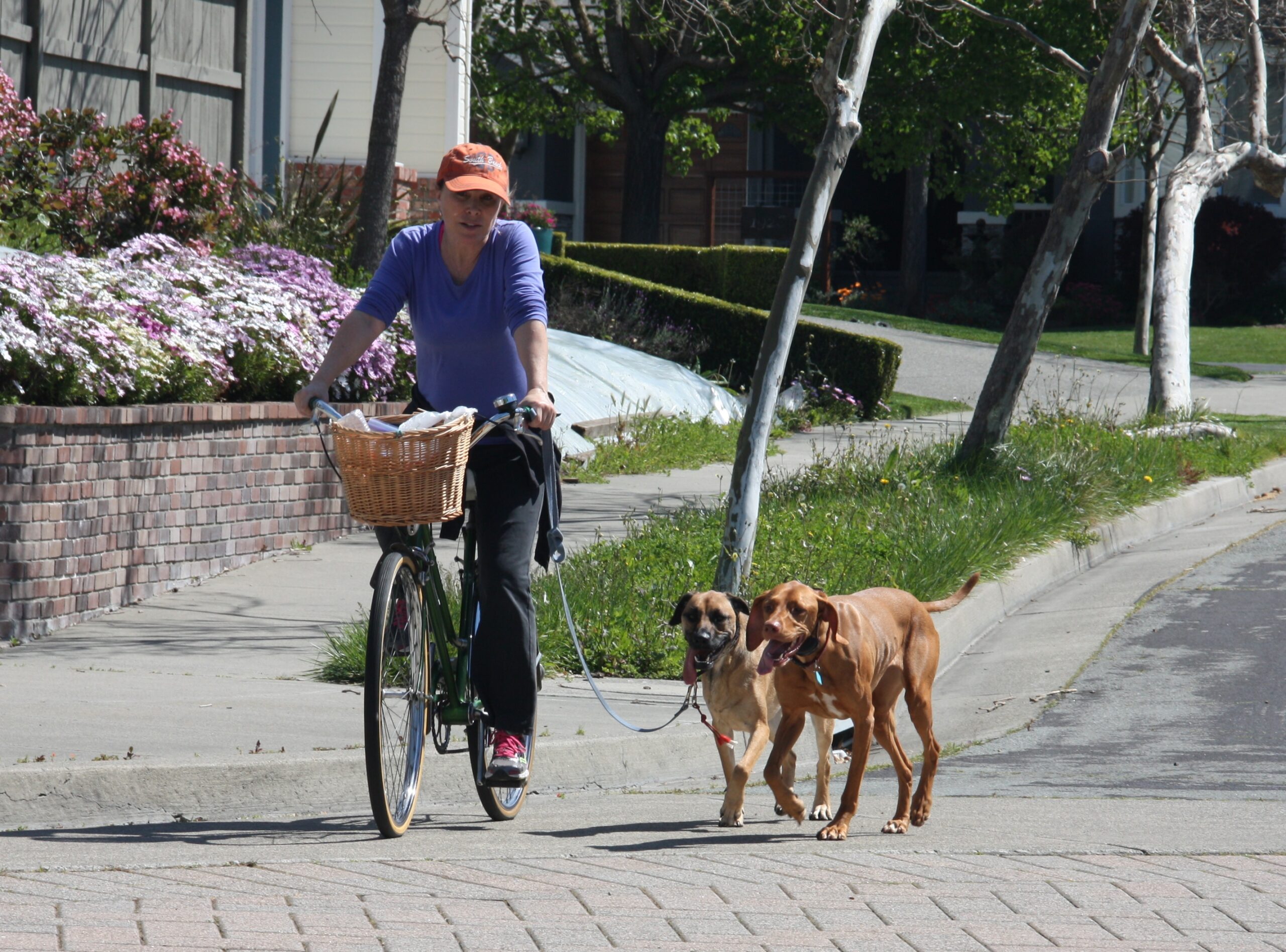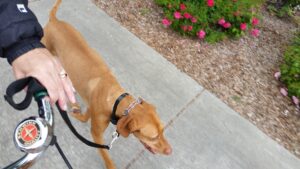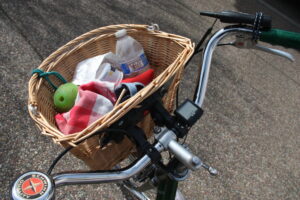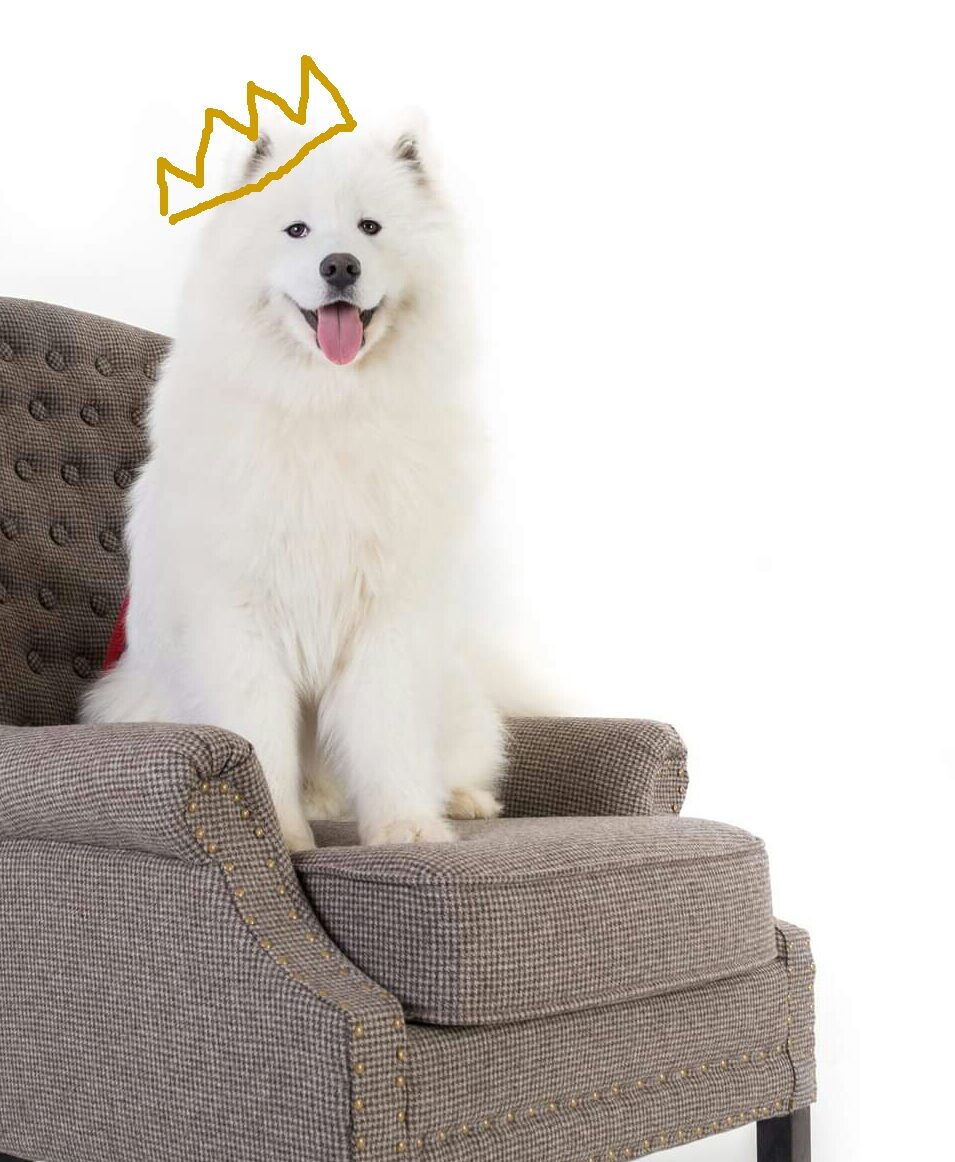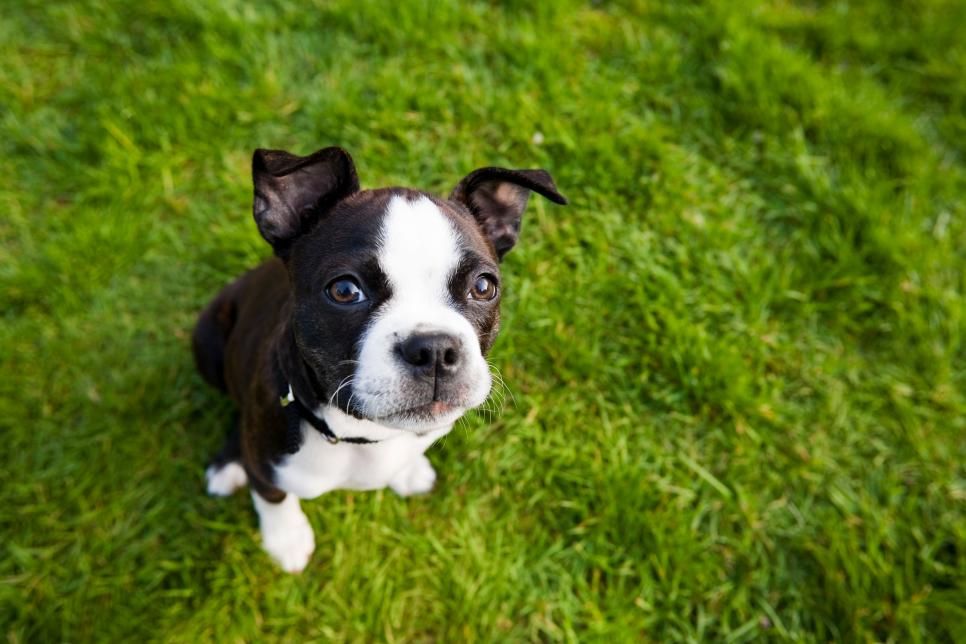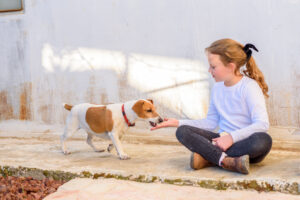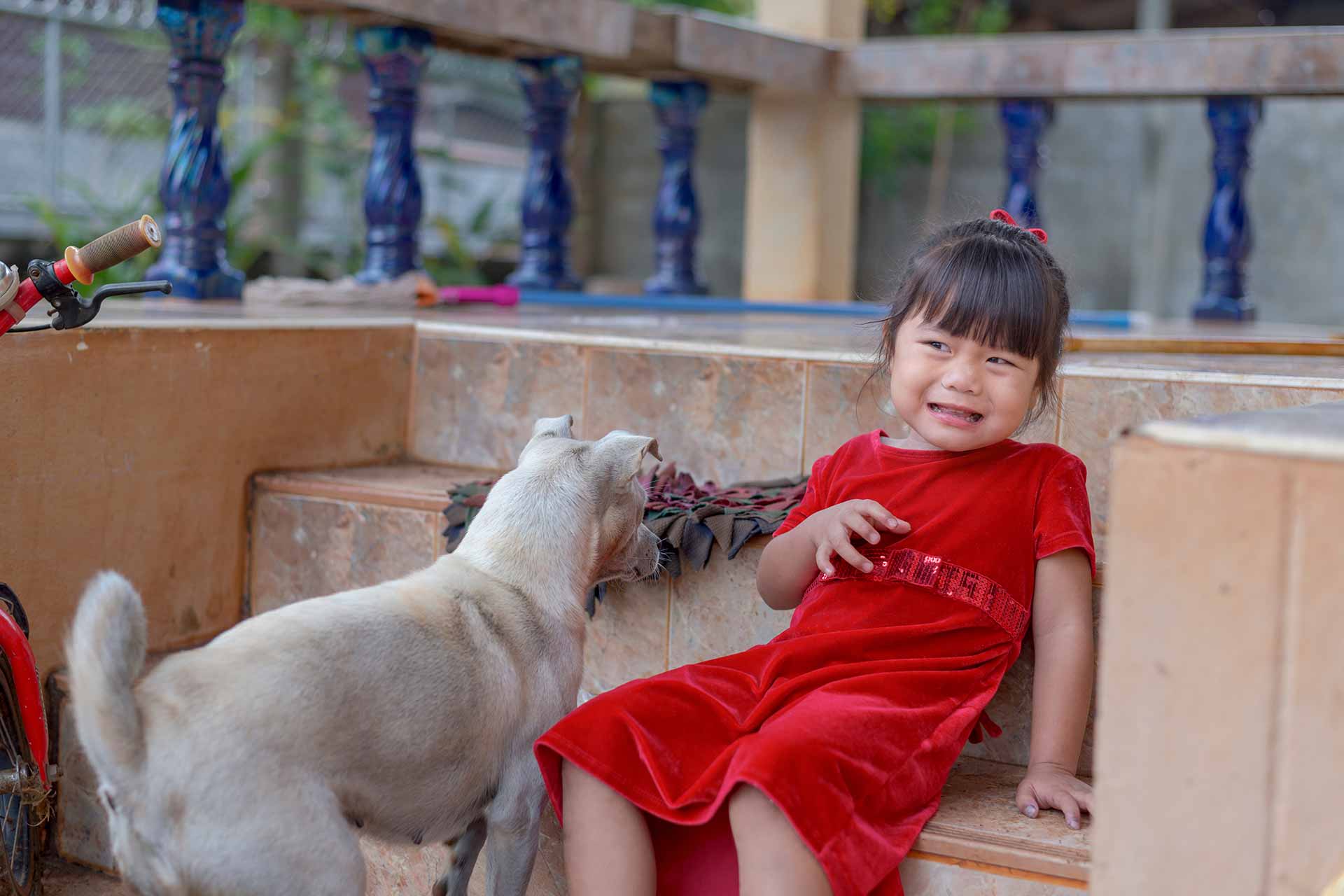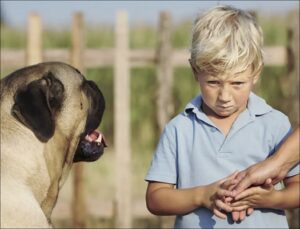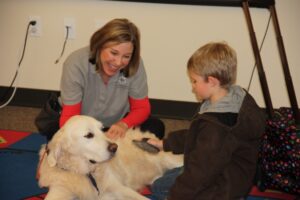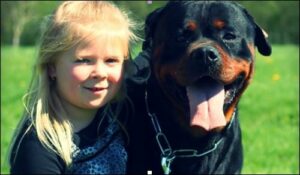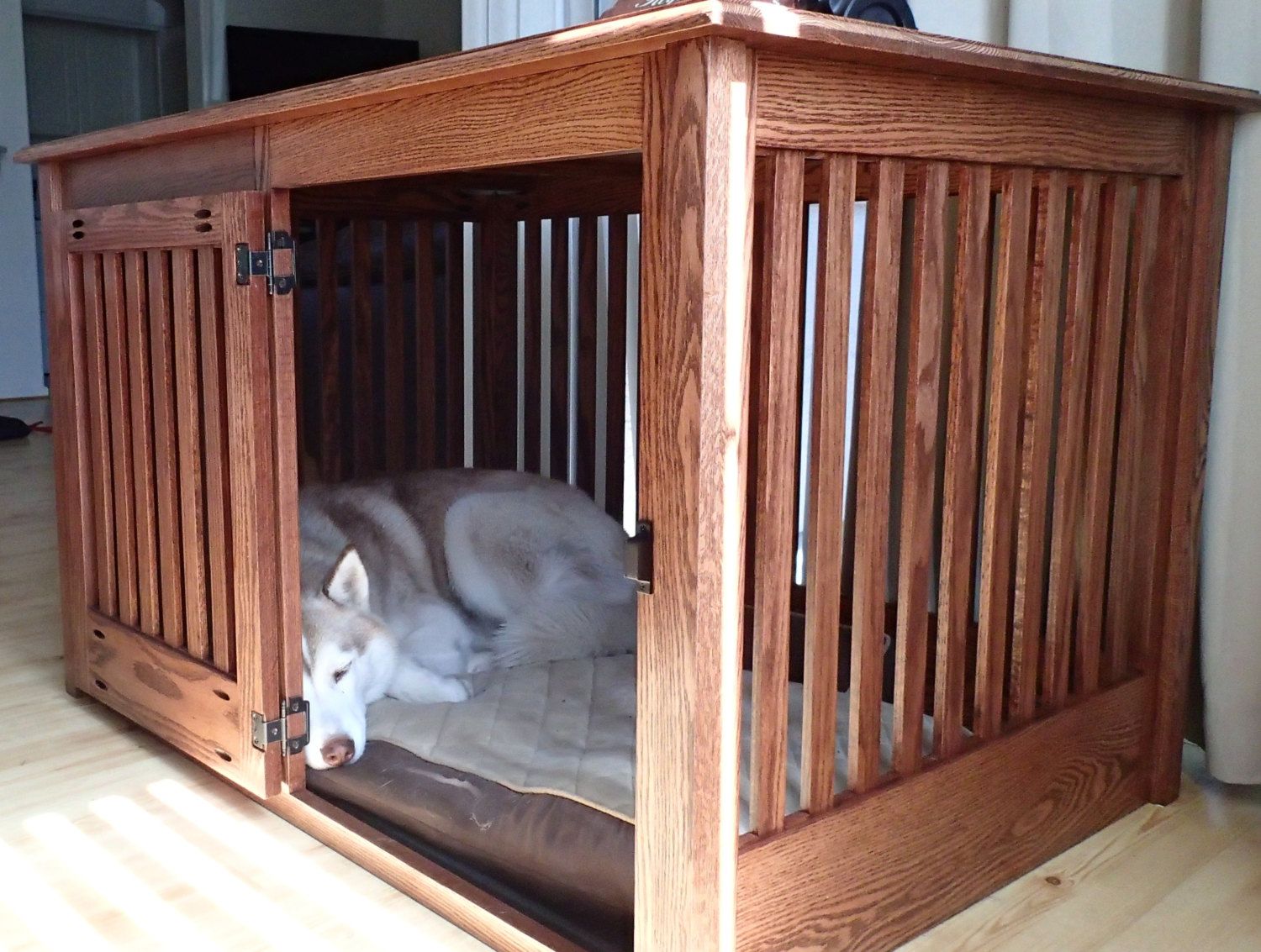Usually people come to me with questions to help them change an unwanted behavior with their dog towards their children. However, occasionally people come for guidance to stop an unwanted behavior that their child is doing towards dog.
I have had parents ask for help with a varying behaviors that range from not-so- serious to very serious. Not-so-serious might be picking up the puppy too much. A much more serious behavior would be laying on or kicking at the puppy. Usually parents have already tried lecturing and have been unsuccessful.
In any of these situations I start with fact gathering questions. Some examples of information I would like to know would be: How old is the child? Why is the child doing the behavior?(angry, they think it’s funny), describe when and where the situation usually happens, does the parent think they have the ability to always supervise when the dog and child are together or are others supervising?
In some of the more serious situations, I needed to discuss the option of rehoming the puppy or dog for it’s own safety and the safety of the child if the child’s behavior doesn’t change. Take a normally social puppy/dog who loves kids and then allow a child to jump on it, kick or poke at the eyes continuously and you will see a social dog go to a fearful dog and then an aggressive dog. At a minimum, the dog will not trust the child and avoid their presence. Keep in mind, given the right circumstances any dog can bite!
One of the most helpful strategies I’ve used in the past to help change a child’s behavior is to set up a Behavior Modification Plan (BMP)
BMP are common for teachers to use in the classroom. I, myself have used BMPs many times to help children learn new behaviors or stop old behaviors. This takes some effort to set up, but can be very motivational for children to change a behavior and it can give parents a clear strategy.
A BMP identifies a very specific goal for a child to either start as a new habit or stop an old habit completely. The BMP is like a contract or agreement with your child. The contract or agreement has two separate parts.
The first part is a page that has a place to write the specific behavior goal that the child will try to reach (i.e “I will help my puppy by petting him gently when he is on the ground and not pick him up.”). Write it on the BMP with your child. Either they can write the sentence or they can dictate to you and you could write their sentence. Try to word it in a positive way. In addition to the goal, this would be the time for the parent to share that if they reach the goal they can earn a reward! This could be that at the end of a week the child gets a small toy. Remember when the dentist had a treasure box full of small trinkets? You can even pre-collect a box to use so the child has a choice and see the possibilities at the time you introduce the BMP. At the end of the month, they may earn a larger reward if they achieve their daily and weekly goals. It could be a trip to a favorite place, like a to see movie or go to a restaurant. Because it is difficult for kids to keep on the right path for a whole week it will be important to continue to use something positive to track their progress. This is where the second part comes in.
The second part is another page that looks like a calendar with open boxes to either use a smiley face, a star, a sticker or stamp, to track day-to-day progress. For this discussion, let’s just say you are using stars. Depending on the age of the child, the day may be broken down into two parts – a.m. and p.m.. Each day, you monitor your child and dog and if your child can get through the morning or afternoon and achieve the goal, they either earn a star or not. If they were successful record the star and let them know that they did a great job! If they weren’t successful just say, let’s try again. No lecturing. No excuses.
You also have to decide how many “stars” must be earned in a week to reach a goal and win the prize. If there are 14 opportunities, you may decide that there has to be at least “10” stars before the prize is given.
An important element of this is that as a parent you do not give reminders of what the child is supposed to be remembering to do. They will learn to take responsibility on their own. Once they start earning those stars and prizes they will usually feel a sense of accomplishment and motivated.
Hang the chart in a location to easily seen as a reminder and to be able to track success. The links in this post will give you the pages needed to get started. You can print multiple copies of the calendar page and fill in the month and days at the top.
Constant supervision is required and should be anytime you have a child with a dog. When you can’t supervise, temporarily separate the dog from the child.
In my opinion, a good balance of both positives and negative consequences work the best to achieve goals. It is just important to find the appropriate “right” positive and negative for the individual child, their age and the situation. If you are struggling as a parent to help your child change a behavior, a Behavior Modification Plan may be just the thing to help turn things around in a positive way.
If you need more help or have questions to setting up your own Behavior Modification Plan, please don’t hesitate to reach out!


